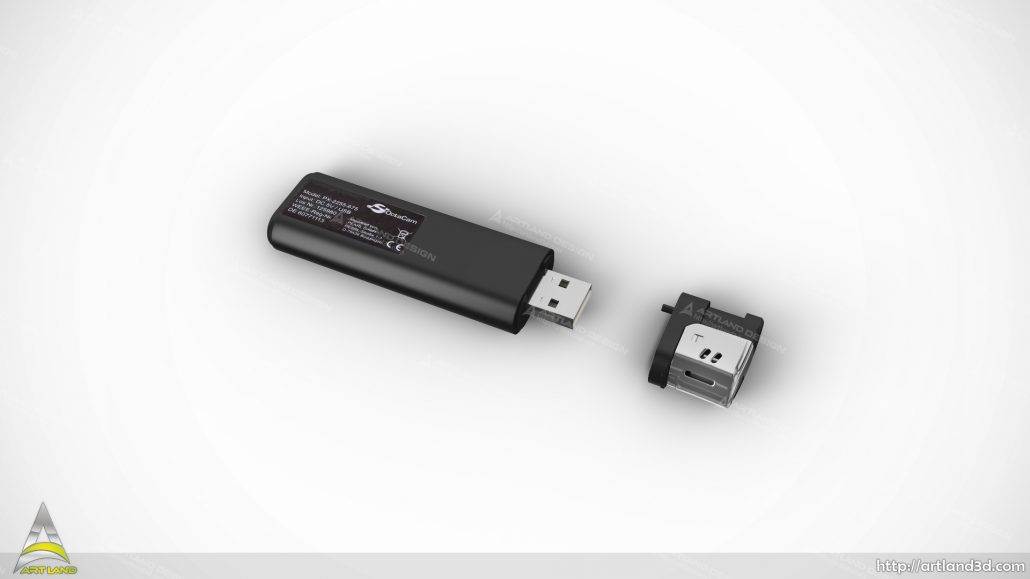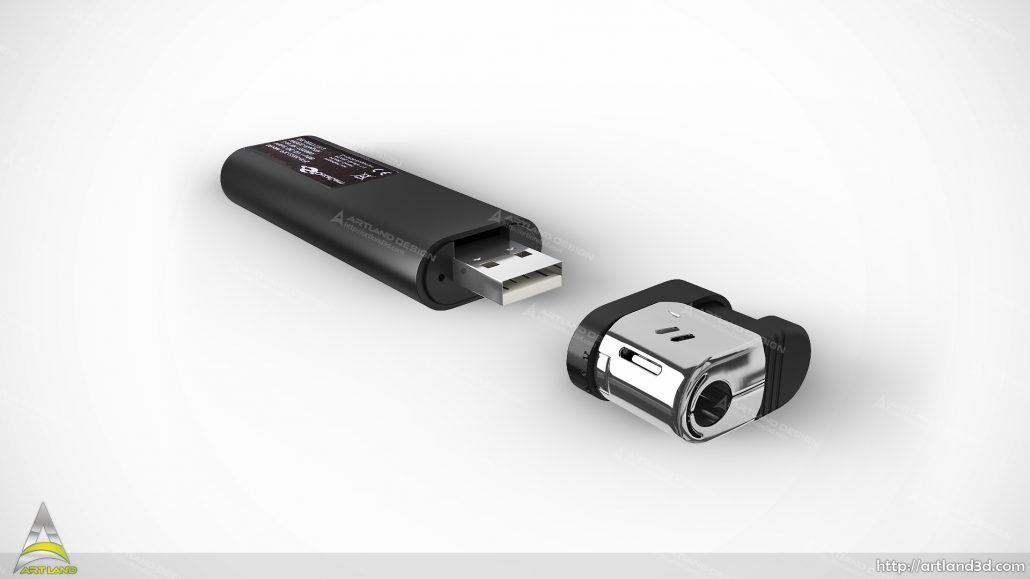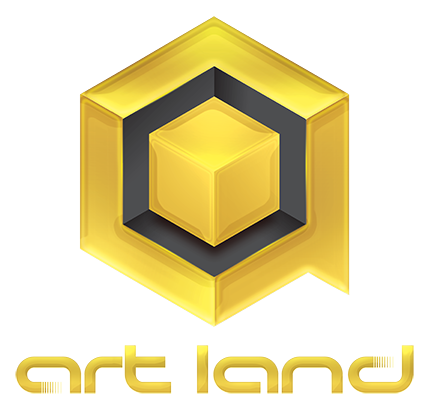LOW POLY CHARACTER 3D MODEL
3D modeling is now popular in many fields of activity, but most of those who only occasionally encounter three-dimensional models and are not related to their production have an extremely poor idea of how a two-dimensional image gains depth. This is actually quite interesting.
Three-dimensional models are in demand in many fields of activity, however, the method that will be used to create such a model is determined by the specifics of the object, a copy of which is to be created. If these are complex forms, for example, a person or other living creatures, the masters of three-dimensional modeling programs come into play.
One of the techniques for the creation of 3D models is Low Poly modeling. Creating models using the low poly technique is connected with three concepts:
A vertex is a point with certain coordinates located at the intersection of three axes. Such a point is called a vertex for the reason that in a certain figure it is either extreme for an individual polygon or a three-dimensional figure.
Edge – connects two peaks.
Polygon – which represents what the visualizer works with. Most software tools for creating 3D models are designed to use rectangular or triangular polygons, from the connection of which the surface of any model is formed.

The more polygons are used in the model, the more detailed and close to nature it will look. However, one can use the so-called normal maps (special textures that can give the appearance of a more complex surface even for models with a small number of polygons). In addition, various ready-made textures are used to maximize the effect, making the model more realistic by simulating a certain material.
How the 3D model is created
Work begins with a sketch or obtaining the object itself, from which the model will be reproduced. For example, we want to create a virtual three-dimensional sliding wardrobe in order to place it in the interior and see how organically it fits into it. If we don’t have a finished cabinet at our disposal, which often happens in interior visualization, technical specifications, an image from a catalog or a sketch of a designer are suitable.
Based on the available data, work is being done on modeling the geometry of the future cabinet, after which a scan is created and textures are superimposed.

Depending on what texture is required, you can take the finished one from the library or create it yourself. Fortunately, there are a lot of ready-made textures for furniture, so just picking the right one is enough. The remaining parameters are configured – and after that, the model is ready for visualization, that is, for creating a 3D model of the image one is intending.
It seems that this is quite simple, especially considering that everything is carried out in special programs. However, in reality, it is a long process, and the result completely depends on the professionalism of the performer.
What kind of low poly 3D models are created most often?
Robots are mechanical devices programmed in a certain way to perform some kind of action. They often become the main or secondary characters of games or films, in which case 3D modeling and visualization of robots is required. If we look at any robot in a movie or a computer game, then in most cases its purpose and character will be immediately understood.
Therefore, the basis of the work will be the concept of this character, its functionality, and other features. To make the desired result more obvious, you can even make several sketches.
Sketches are also needed if you want to order visualization in 3D max to a third-party specialist – it will be easier for you to explain which particular robot you want to see in the end.

A three-dimensional model of the robot must have a certain logic of construction. The steps for creating a robot model remain the same as for any other three-dimensional model: Creating a basic mesh. Based on primitive figures, the main silhouette of the future robot is created. Detailing.
The robot gradually takes on the form that was conceived by the artist, small details are added, everything superfluous is removed. A feature of any robot is that it should be not just an object, but an object with a certain logic.
Even if you do not plan to animate this model, it should look capable of performing certain functions. In some ways, humanoid robots are simpler here – the logic of the location of their body parts is largely similar to the anatomy of the human body (and that is why there are so many such models).
Big and small animals can be found in many computer games, cartoons, and films, commercials or simple static renderings. 3D animal models are present on the network in large numbers, so they can be downloaded for free and used as a basis for further work.
If you want to create a 3d animal from scratch, you will need to follow the same algorithm of actions as for modeling any other object: build its geometry, create a three-dimensional model, apply textures and do the work to adjust the light. How much 3d rendering costs will depend on its complexity.
Animal models often become protagonists of cartoons As a basis for creating a three-dimensional animal that exists in reality, photographs or drawings are usually taken, depending on what work is being done.
If you plan to develop some non-existent animal, for example, an inhabitant of another planet for a fantastic cartoon, the illustration and character design here will be based solely on sketches that should clearly demonstrate not only the geometry of the surface of the object, but also its anatomical features – especially if it is planned in the future animation of this animal.
In 3D editors, you can create models of both real and non-existent animals. The cover of the animal’s body is from fur, feathers, scales or skin, and for their visualization, it is necessary to properly work out the textures that cover the character.
As in the case of the model itself, you can use ready-made textures, or you can create your own and make the character more unique. Among all of the above, the most difficult to recognize most visualizers is the creation of realistic fur, but working with the skin is already easier.

Trackbacks & Pingbacks
[…] object of intellectual property, for example, if it is a model with an original design or a printer model 3D containing patentable […]
Leave a Reply
Want to join the discussion?Feel free to contribute!